Established in 1873 by the Federal Fish Commission, the National Aquarium had several locations before settling into its residence of 80 years in the basement of the Commerce Building in Washington, D.C. Not to be confused with the National Aquarium in Baltimore, founded in 1981, the D.C. aquarium was the nation's first free and public venue for learning about marine science, and for a time was located right on the grounds of the Washington Monument.
The U.S. Fish Commission was a federal agency created in 1871 to investigate, promote, and preserve the fisheries of the United States. In 1873, Spencer Fullerton Baird, the U.S. Commissioner of Fish and Fisheries and second Smithsonian Secretary, introduced a National Aquarium in Woods Hole, Massachusetts, where he shared with the public his Woods Hole laboratory and its display of 180 species of fish, reptiles, and other aquatic animals. At the suggestion of General Orville E. Babcock, Superintendent of Public Buildings and Grounds in Washington, D.C., the Fish Commission set its sights on a D.C. location for the aquarium and secured 20 acres of land on the grounds of the Washington Monument. In 1878 the Fish Commission built a series of hatching ponds known as Babcock Lakes on the Monument grounds to breed and raise fish for distribution across the country. These ponds became the new location of the National Aquarium. This outdoor aquarium offered nicely landscaped grounds for the public, with the added benefit of a solution to depleted fish populations.
The hatching ponds were primarily used for the propagation of German carp, but were also employed to raise tench, golden-ide, shad, and goldfish. The Fish Commission stocked lakes and rivers across the country with fish from the ponds, and citizens could also order a personal supply of juvenile fish by writing to their congressional representative. The National Aquarium even offered a popular program where households could get a free goldfish supplied by the Fish Commission. Due to concerns regarding the safety of the newly finished Washington Monument, Babcock Lakes were closed in 1886. New hatching ponds were built further away from the Monument at the current location of the Tidal Basin, but those were filled in by 1908.
With the initial closure of Babcock Lakes, the Fish Commission set up a new hatching station and aqauria in the old Armory Building, called Central Station, located near the current site of the National Air and Space Museum. In this iteration, the National Aquarium now boasted a marine grotto and exhibitions about aquaculture and marine science. Plagued by summer heat and the addition of chlorine to the city's water, the National Aquarium moved into a state-of-the-art space in the basement of the new Department of Commerce Building in 1932, complete with adequate refrigeration and chlorine removal units. It remained a Washington, D.C. tourist attraction and the longest continuously operating aquarium in the United States until its closure in 2013.
Due to Spencer Baird's dual roles as Smithsonian Secretary and Commissioner of Fish and Fisheries, early activities of the Fish Commission are well documented in Smithsonian archival records, annual reports, and photographs.
Further Reading
"Babcock Lake Fisheries," by Elliot Carter, Atlas Obscura, 2017.
"There's Something Fishy on the National Mall," by Ruthie Cooney, Boundary Stones, 2018.
"The Lesser-Known Aquarium," by Reagan Graney, Boundary Stones, 2019.
"The world according to carp: Answer Man visits the fish ponds on the Mall," by John Kelly, Washington Post, 2017.
"Tanks for the memories: Answer Man checks out the original National Aquarium," by John Kelly, Washington Post, 2017.
"National Aquarium - Still Afloat After 100 Years," by Fish & Wildlife Service, Fish and Wildlife News, August 1978.
Produced by the Smithsonian Institution Archives. For copyright questions, please see the Terms of Use.

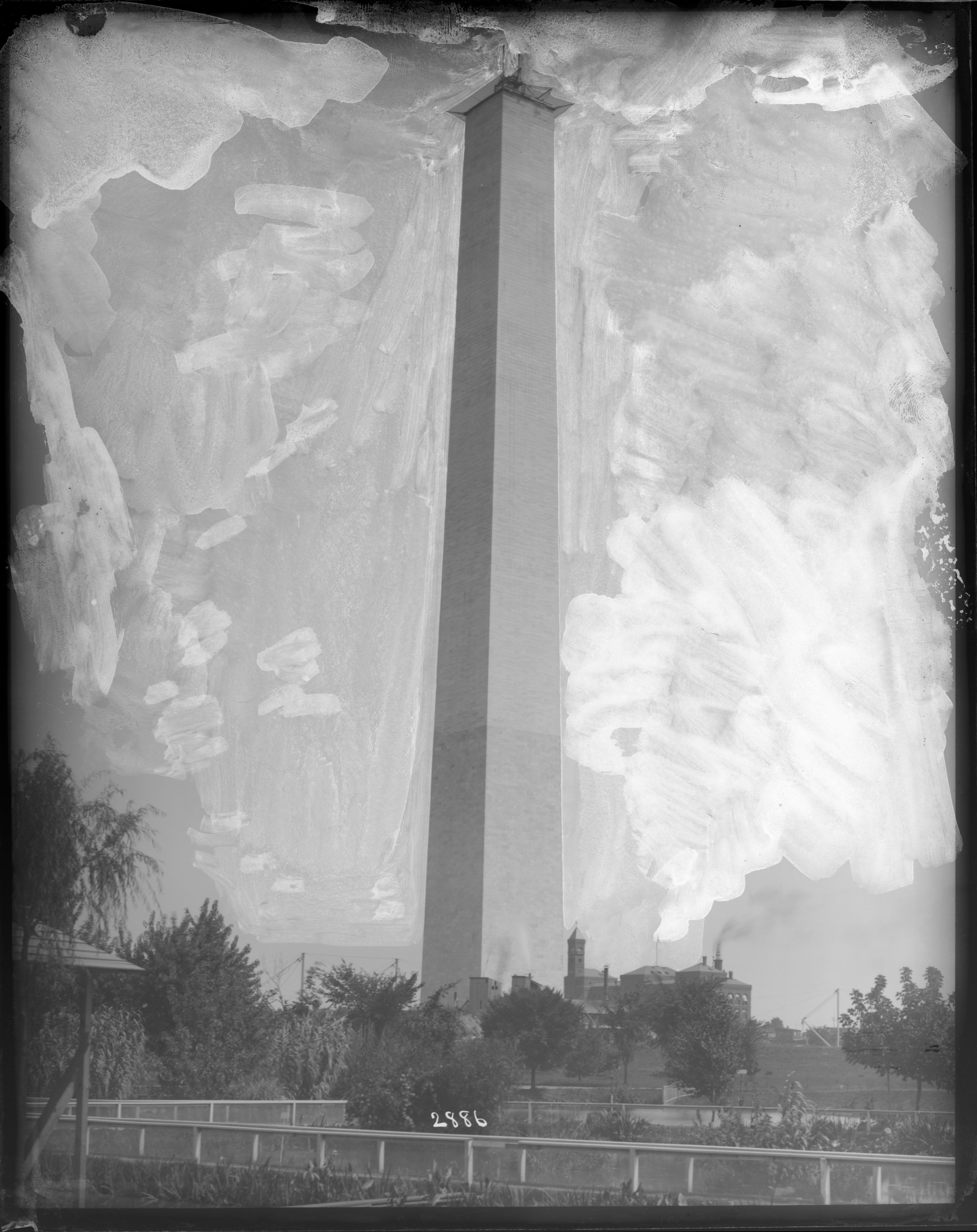

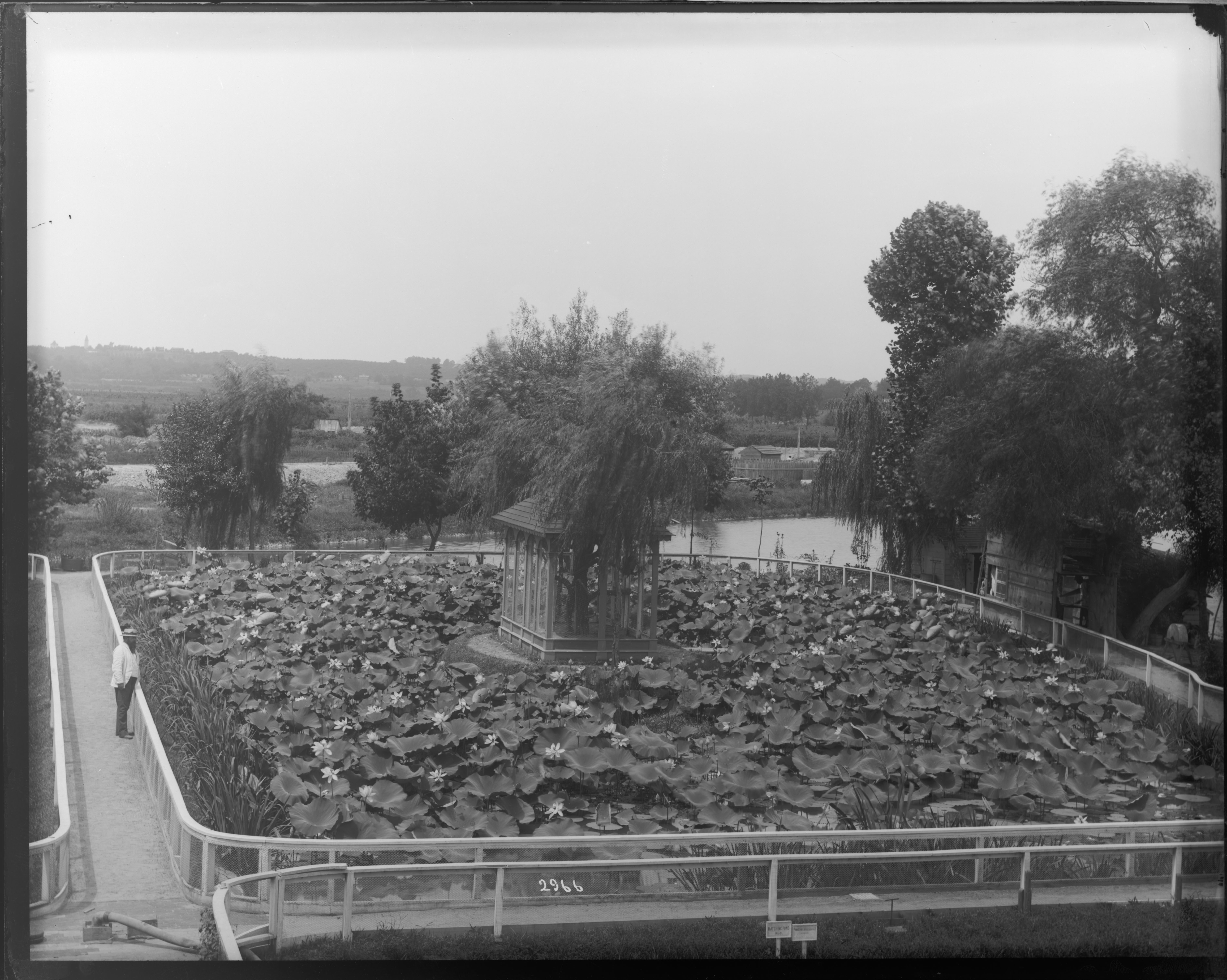
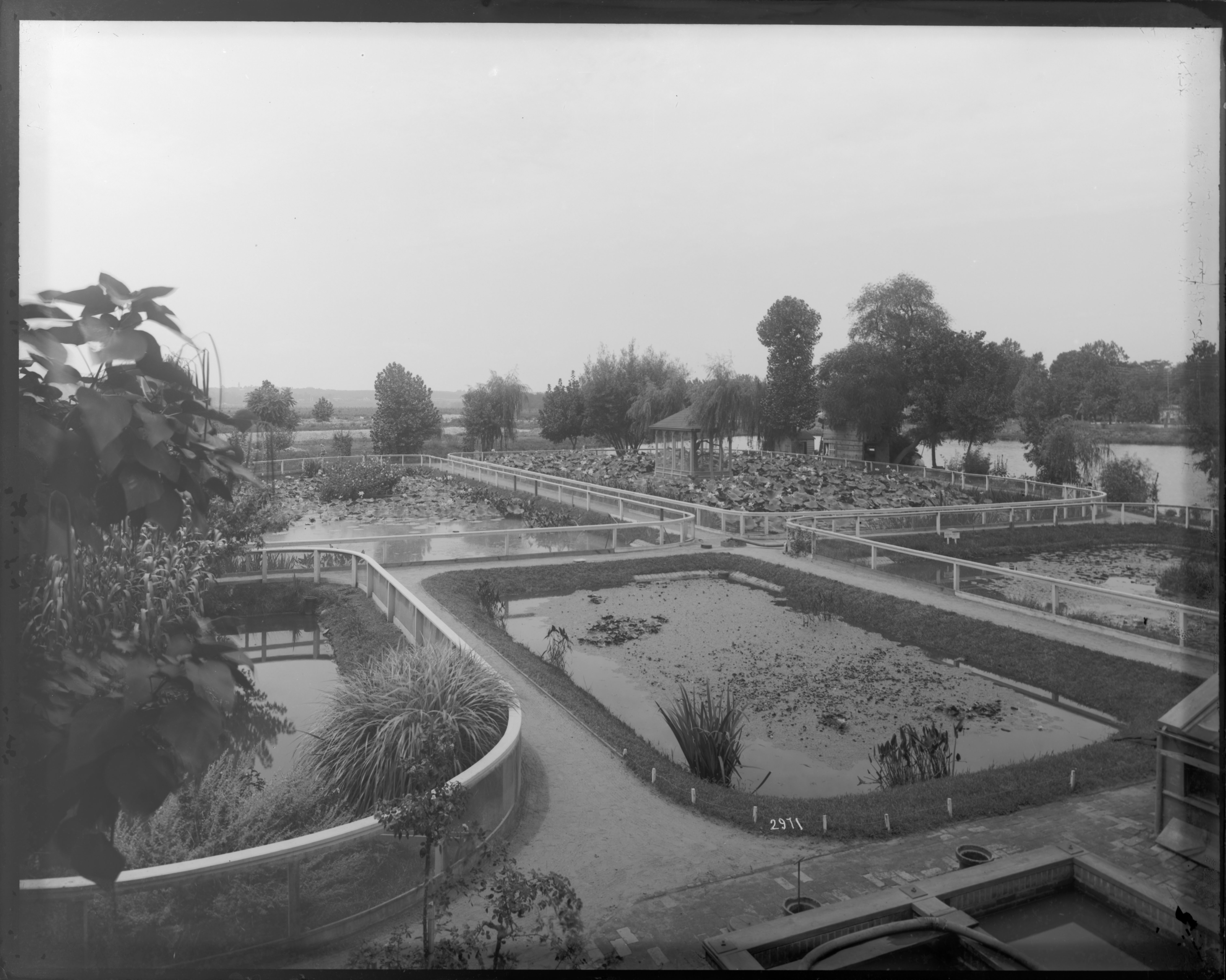

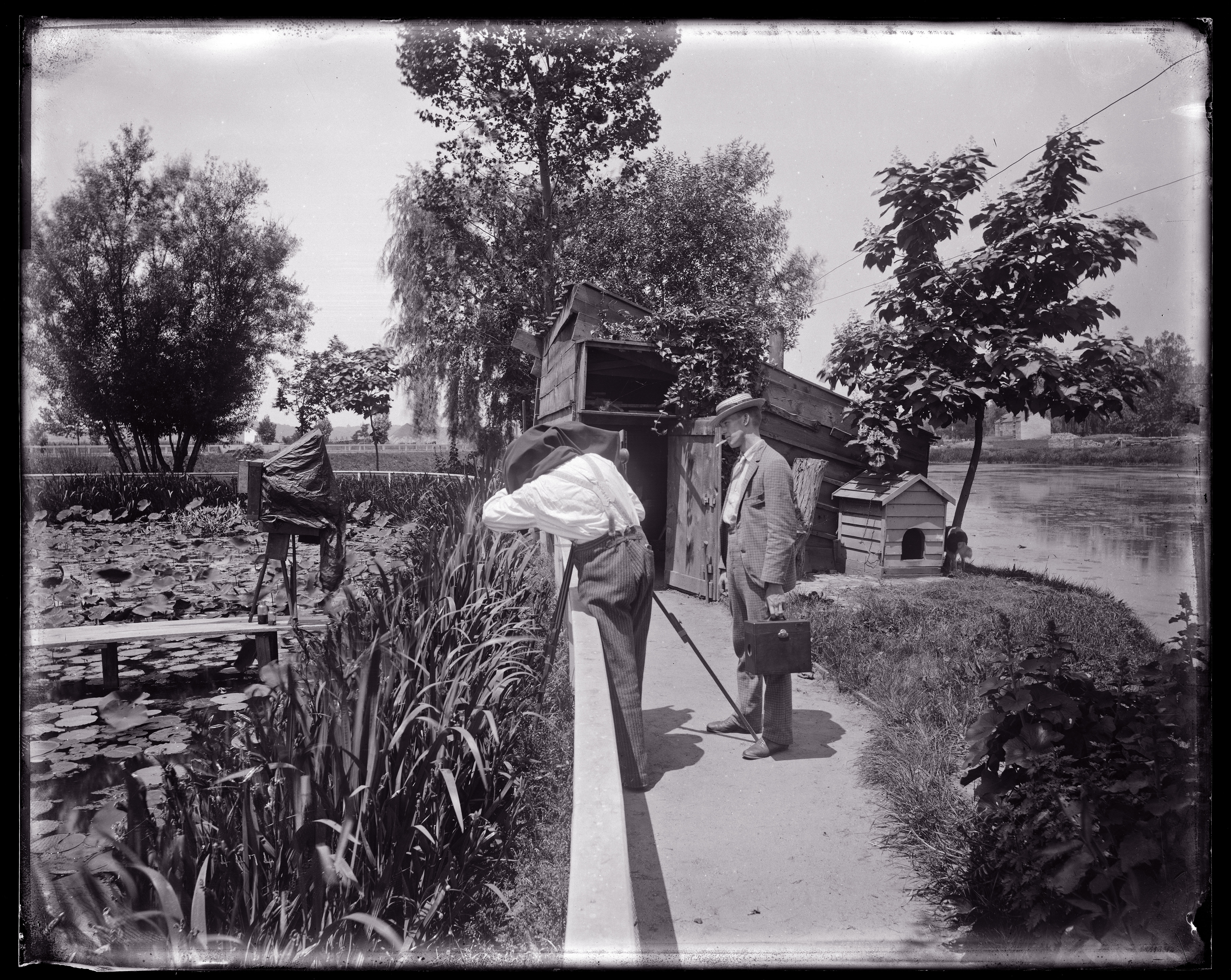
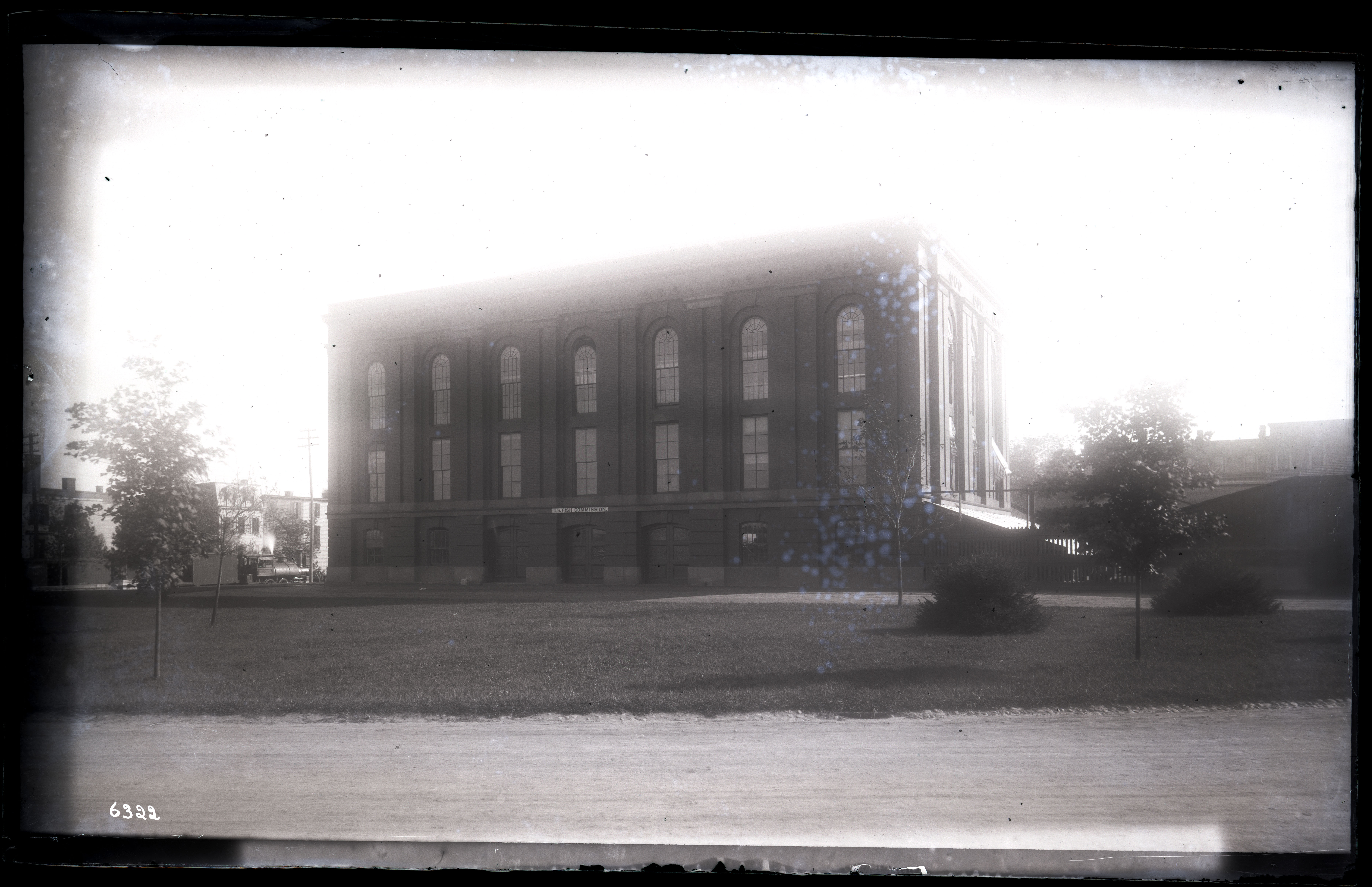
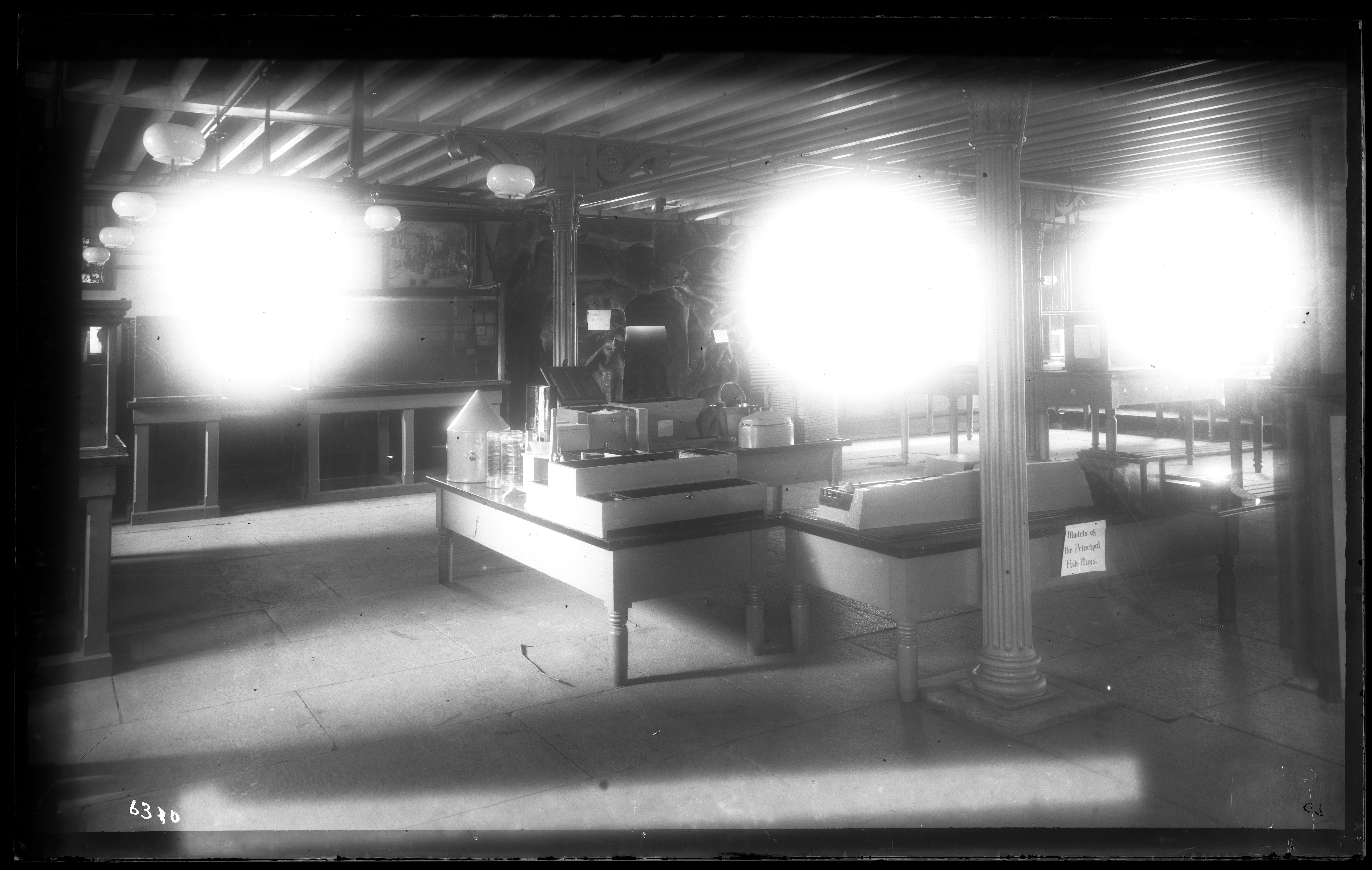



Leave a Comment